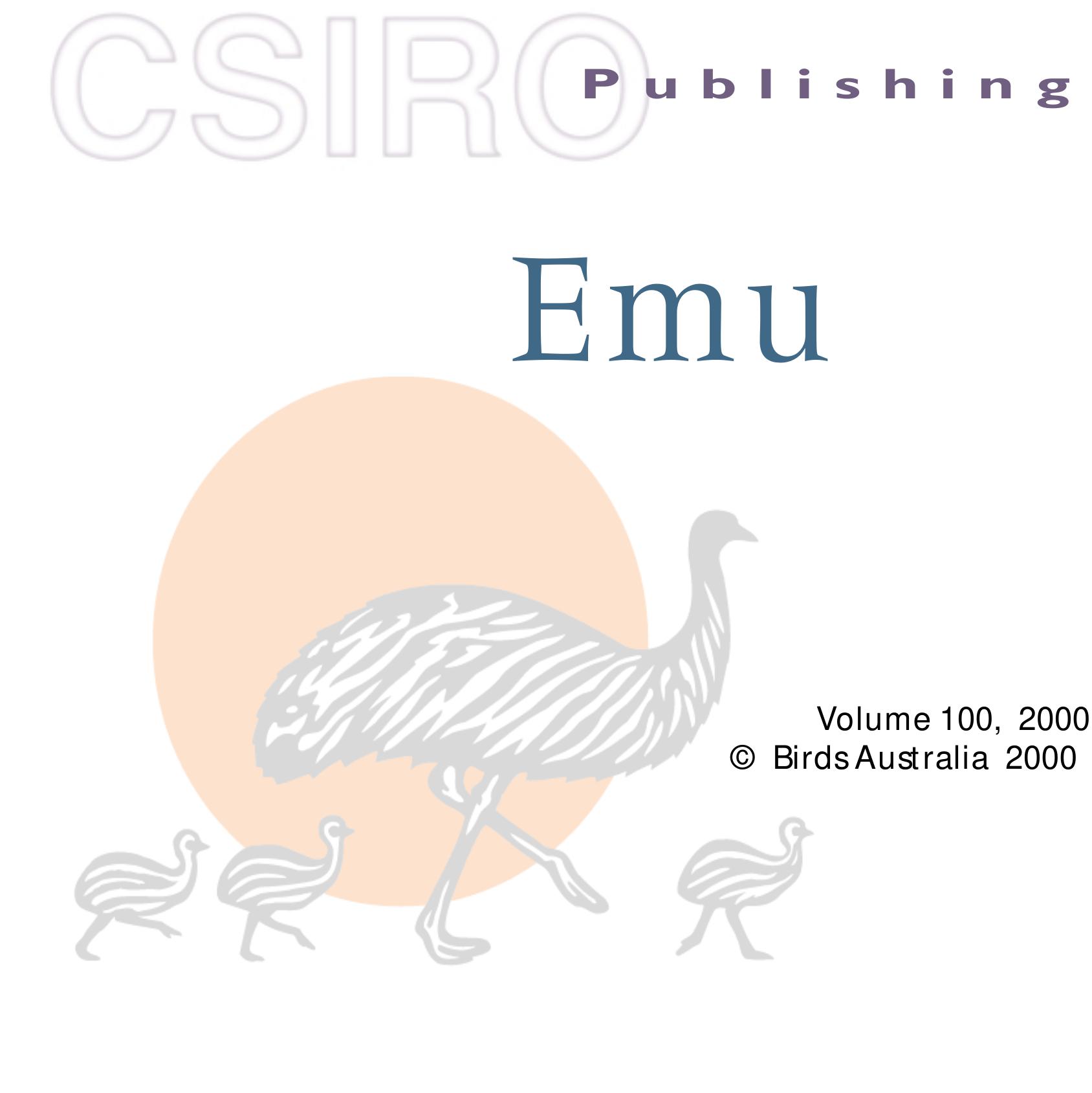Key research themes
1. How have introduced predators contributed to the decline and extinction of Australian native mammals?
This research theme investigates the impacts of invasive predatory species, particularly feral cats (Felis catus) and red foxes (Vulpes vulpes), on the decline and extinction rates of native Australian mammals. It examines the dietary preferences of these predators, their population densities, spatial distribution, and the interaction with native fauna, highlighting predation as a principal threat distinct from global extinction drivers such as habitat loss. Understanding these dynamics is critical for formulating effective conservation and management strategies in Australia.
2. What are the ecological dynamics and conservation challenges of native mammal declines in northern Australia?
This research area focuses on understanding recent rapid declines in native mammal populations inhabiting relatively intact northern Australian ecosystems, where low human population and habitat modification are expected to confer protection. Investigations aim to unravel how factors like feral cat predation, altered fire regimes, livestock grazing, and potentially dingo interactions contribute to declines, and to evaluate management and recovery options to conserve threatened species in these refugial environments.
3. How do taxonomic rigor, species rediscovery, and ethical frameworks shape Australian wildlife conservation?
This theme explores the pivotal role of taxonomy, species identification, and ethical considerations in conservation planning and management. It addresses challenges posed by taxonomic instability and ‘taxonomic vandalism,’ the implications of rediscovering species presumed extinct for conservation priorities, and the application of integrative ethical frameworks (like One Welfare) that link animal, human, and environmental welfare for managing both native and invasive fauna.



























































































































































































